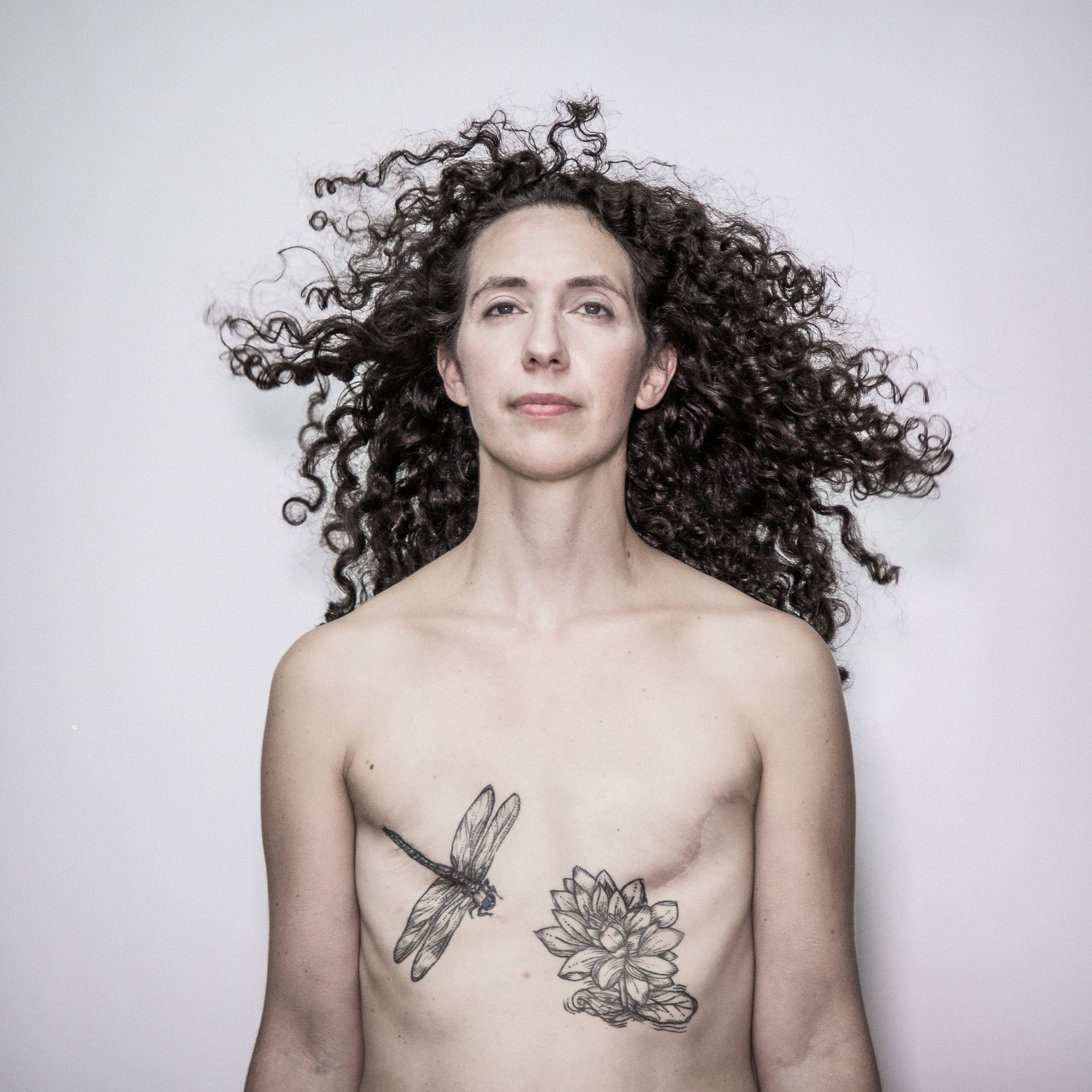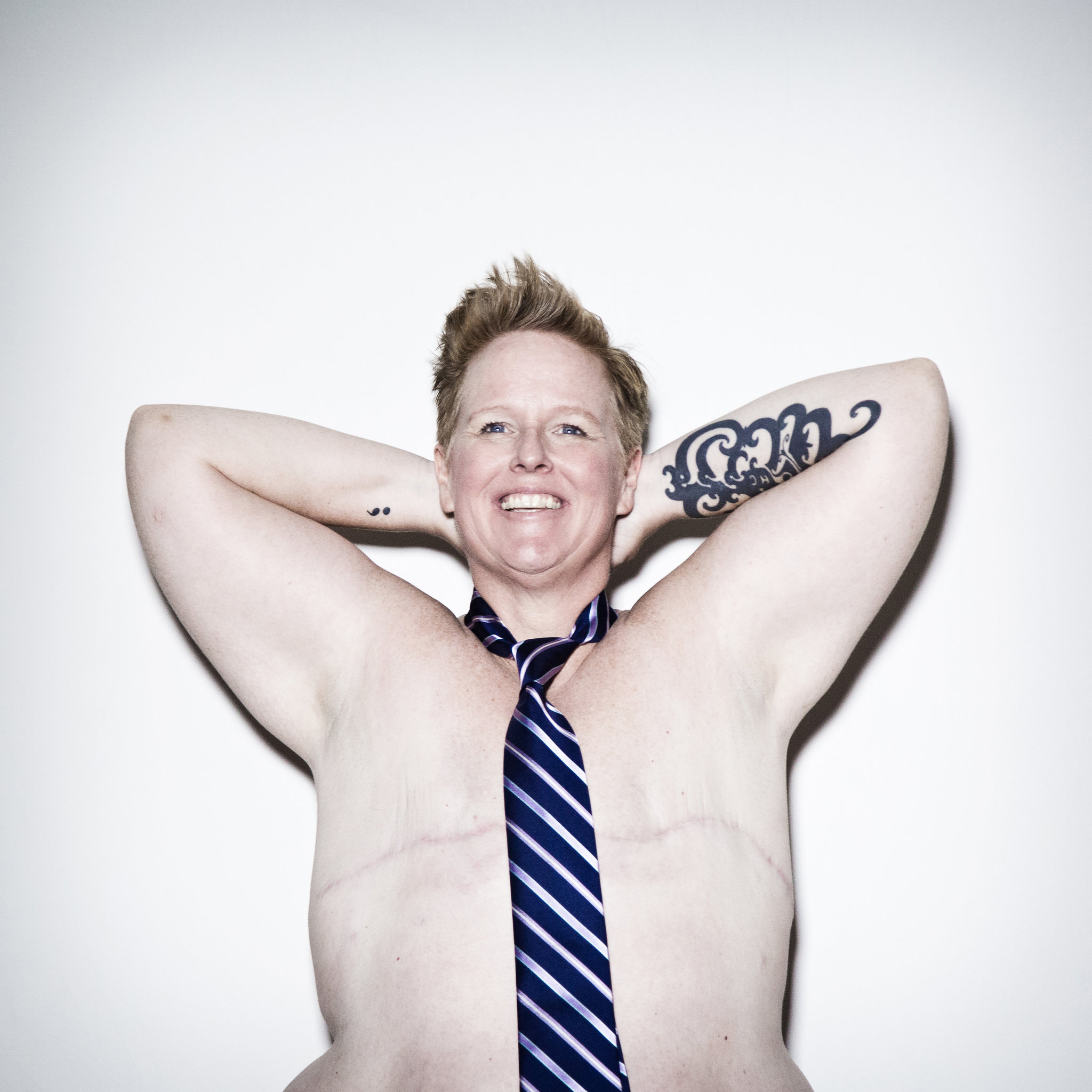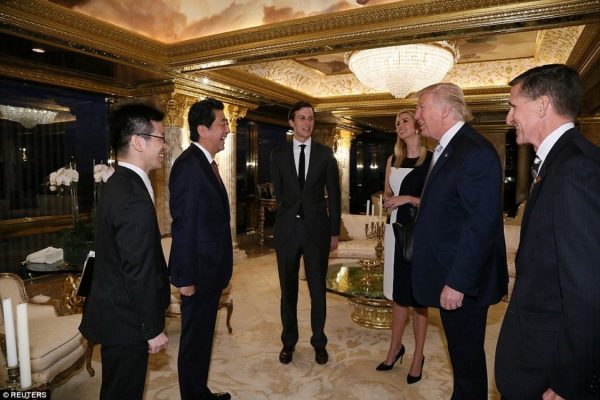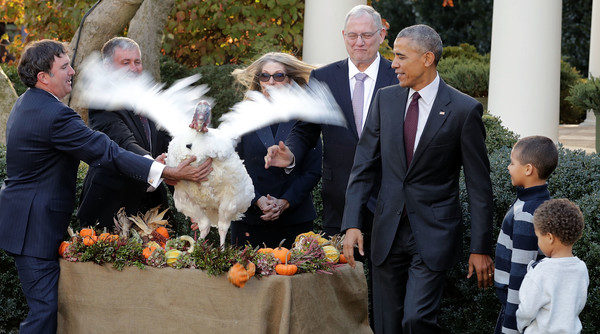Notes
What it Means to Look Like a Woman

The photographs featured in the November 1st New York Times article “‘Going Flat’ After Breast Cancer” have stuck with me, nagged at me, and pushed back at me more than photographs usually do. Where I’m typically quick to identify subtle tendencies or troubling inconsistencies, this set of images has demanded a longer, more patient engagement. They’ve left me pondering what it means to look like a woman.
I mean “look” here in both its transitive and intransitive sense: what does it mean to match the visual expectations of woman-ness and what does it mean to look at these photographs myself, including as a woman.
The first question is probably the obvious one. And the women in the photographs have a clear answer. Even as they admit that they struggle with the changes in their bodies following breast cancer-related mastectomies and their decision not to pursue breast reconstruction, they are also adamant: their womanhood does not lie in their breast tissue.
There are some interesting ambiguities here, though. In a Times Insider article following up on the original piece, reporter Roni Caryn Rabin comments on both the importance and the complexity of the photographs:
But we needed photographs. Having seen a video featuring some of these women topless and showing their scars, I knew how powerful the images might be. But without a compelling reason, The Times typically would not publish a photo of a woman with a bare chest.
For this article, though, The Times not only waived that general rule but flaunted it. “Going Flat” itself features five photographs of topless women. More strikingly, the lead photograph featuring Rebecca Pine (above) appeared below the fold on the front page of the print version and was prominent on The Time’s homepage as well.
I am tempted to chalk up that willingness to feature a shirtless woman on A1 to an implicit editorial presumption that lacking breasts desexualizes and even un-womans a woman. But Rabin’s articles and Béatrice de Géa’s photographs resist that easy, cynical presumption. In both the original article and her Times Insider piece, Rabin privileges the voices and experiences of the women she features. She quotes Rebecca Pine’s assertion that “The world needs to know that not all women have the same silhouette.” And most of the photographs for the article call attention to femininity without relying on the visual tropes of softness so associated with breasts. In them, defined collarbones, high cheekbones, long hair, make-up, and lighting all do important gender work in claiming womanhood. The final photograph—of Charlie Scheel—is the exception that proves the rule by doing another kind of gender work. In the original article, Scheel appears topless, wearing a tie and short-spiky haircut. The brightness of that photograph, along with the tie, contrast sharply with the other photographs’ claims to femininity. We learn in the Times Insider piece that since having a double mastectomy, Scheel has come to identify as gender-queer.

So if “Going Flat” offers a quite generous, even radical assertion of what it means to look like a woman—to complicate without losing access to the visual cues of femininity—what’s my problem? It seems that the issue that keeps me struggling with these photographs is less about whether the women featured here look like women and more about my own gendered looking practices. The photographs force me to confront my own visual assumptions. Maybe they do the same for some of you as well. Those problematic assumptions are certainly what’s behind the power that Rabin grants these images and behind the staring called out by one interviewee in the video that originally prompted Rabin’s article.
I like to think that I look at faces, not chests. But these photographs simultaneously demand that we look at chests and force us to acknowledge how prominently breasts feature in how we view women. It is easy to look at these photographs and see gender—particularly femininity—effaced. As a woman looking at these photographs, I am jolted into recognizing my own habitual ways of seeing my own body and the bodies of other women. I fall, again and again, into not seeing breasts in the photographs and so not seeing womanhood. Perhaps that is why Rabin and the women she interviewed must assert so repeatedly, so strongly, that womanhood does not lie in breast tissue. Without those reminders, our ability to look at these women and see them as women might easily fall short. It is, in part, that repeated failure to see and the constant reminder to look again that makes these photographs so powerful.
— Christa Olson | @christajolson
Photo: Béatrice de Géa for The New York Times. Caption: “It’s a tremendous amount to put your body through, and it’s not like we’re going to get our breasts back,” said Rebecca Pine, 40, who decided against reconstruction surgery after a mastectomy. Photo 2: Béatrice de Géa for The New York Times. Caption: After undergoing a double mastectomy, Charlie Scheel, 48, of Brooklyn, was disturbed by images of reconstructed breasts and decided not to get them.


Reactions
Comments Powered by Disqus